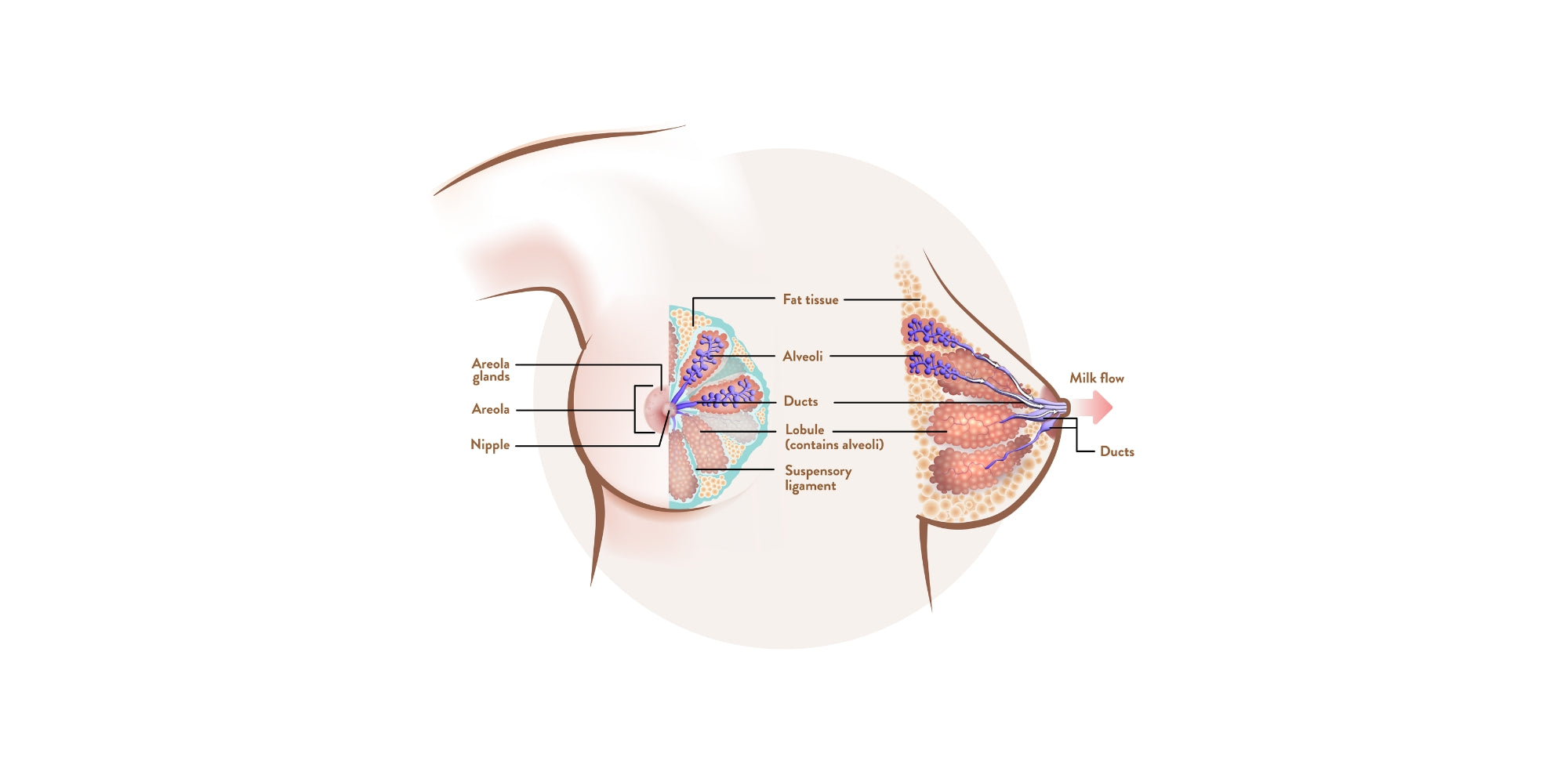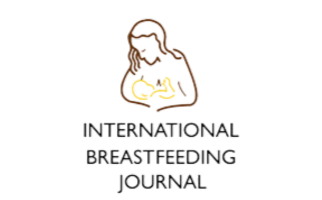
If you have a sore lump in your breast, you might have a blocked milk duct. But you’re not alone - this common problem affects around two-thirds of mamas during their breastfeeding journey.
What are blocked milk ducts?
Your milk flows through ducts in your breast before it gets to your nipple. If these ducts become blocked, the milk flow becomes obstructed (milk stasis). This can cause a sore, tender lump – in other words, a blocked milk duct.
If you have a blocked milk duct, part of your breast might look swollen, lumpy and/or red and hurt when you touch it. You might notice that it’s especially painful during your let-down – ouch. Some mamas with a blocked duct might have an area of pain or tenderness without a noticeable lump. Others may get a sore white blob or spot on their nipple. Occasionally, mamas with a blocked milk duct may also experience a low-grade fever (less than 38.5°C).
Blocked milk ducts are most likely to happen in the first three to six months of breastfeeding or pumping, but they can occur at any stage. It’s no fun having a blocked milk duct, but they are common. One study from the Journal of Human Lactation found that around two-thirds of mamas experience a blocked duct during their breastfeeding journey. The good news is that there are steps you can take to relieve a blocked duct.
When and why do you get blocked milk ducts?
You can get a blocked milk duct when:
- You go longer between feeds or pumping sessions.
- Your baby sleeps for longer.
- Your baby doesn’t drain your breast completely during a feed (this can happen if a feed is rushed or your baby isn’t attached well).
- You have pressure or an injury to your breast, such as a tight or ill-fitting bra, pressure from your seatbelt, or sleeping on your stomach.
Mamas with breastmilk oversupply are more likely to experience blocked milk ducts.
What can you do to relieve blocked milk ducts?
If you have a blocked milk duct, feed your baby or pump from the affected breast as often as you can.
Before you start feeding, make sure you’re comfortable. Loosen or take off your bra and do your best to relax. The Australian Government parenting website raisingchildren.net.au recommends applying warmth to the affected area before a feed or pump. Massaging the lump in a warm shower before a feed can also help. A warmed Lactamo is perfect for the job. Lactation consultant Sarah Thijs says gentle breast massage with a heated Lactamo is great for encouraging blood flow and aiding the let-down reflex when a mama is dealing with blocked ducts.
Start your feed or pumping session with the affected breast and make sure that your baby has a good attachment. Switch up your feeding positions from one feed to the next to help your breast drain properly. During the feed, try breaking up the lump with gentle breast massage with a warmed Lactamo. Dr Katie Willy, osteopath and founder of Melbourne Mastitis Clinic, says it’s essential to massage the lump towards your nipple during a feed or pump to help clear the blockage.
If the lump doesn’t break up during a feed, hand expressing can help. The Australian Breastfeeding Association says applying a cold pack after a feed can help reduce swelling, pain and inflammation. Try placing a cooled Lactamo on the affected area.
It’s important to act quickly if you find a lump or sore area in your breast because untreated blocked milk ducts can progress into mastitis. If you can’t clear the lump after a few days, develop a fever or start to feel unwell (like you’re coming down with the flu), see your GP.
Can you prevent blocked milk ducts?
Maintaining breastfeeding (as you usually would), wearing comfortable and well-fitting clothes and bras that don’t place pressure on your breasts, and looking after yourself are all ways to help keep blocked milk ducts at bay. We know it’s often easier said than done when you’re a mama but try to make sure you’re resting and sleeping when you can, eating well and staying hydrated.
Mamas surveyed as part of an independent clinical trial on Lactamo carried out by Deakin University and the Western Health Partnership used Lactamo as a preventative tool to help avoid blocked ducts. One mama commented “I have used [my Lactamo] more in the last couple of weeks because I had a bit of pain from time to time on both sides, so I wasn’t sure if I had a blockage, so for me, I use it as a preventative and a method of relieving pressure or pain.”
Following the steps to relieve blocked milk ducts before the problem strikes can help nip potential problems in the bud.
Using Lactamo to help blocked milk ducts
Learn more about how to use Lactamo to help ease blocked milk ducts.
Note: while lumps in breast tissue may commonly occur as part of breastfeeding, not all breast lumps are breastfeeding related. If your symptoms persist or worsen, or if you are in doubt please consult your healthcare professional.










